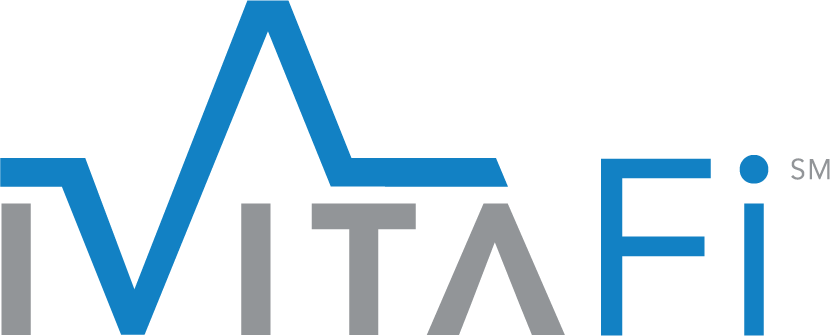Consumers often fail to budget for the higher out-of-pocket responsibility that comes with high-deductible health plans which can make it more challenging for providers to collect money from patients. With nearly a third of Americans lacking sufficient savings to pay for even a $400 emergency expense and an increasing percentage of medical expenses becoming patient-funded, hospitals are pressed to find better ways to improve collections and maintain healthy cash flow.
There is often a perception that patients openly disregard their healthcare debts, but the reality is that most patients want to pay their healthcare bills. The limited payment options available to them, however, reduce the likelihood that they can and will pay. The biggest barrier for these patients is the lack of affordable and realistic extended payment options. This can result in a decrease in patient satisfaction, patient volume and collection rates as well as cash flow problems for the healthcare organization.
Extended payment plans, including patient financing programs help patients better manage their finances as they assume greater responsibility for the costs of their care. Extended payment plans also improve the likelihood patients will pay their bill in full, which helps healthcare organizations increase collections both at the point of care and after the patient leaves the office.
So why don’t more healthcare organizations incorporate extended payment options to help reduce consumer bad debt and risk and to improve patient payment collections? Because they aren’t banks and most don’t have the capital resources or personnel needed to effectively manage extended payment plan accounts over time. They are also unable to offer compelling financing programs or types of payment options to patients.
Payment Partners: Different and Unequal Paths
To close the gap between collection goals and internal capabilities, many hospitals employ one or more revenue cycle partners. Early out vendors and bad debt collectors help to collect on a debt the patient is capable of paying. Many patients, though, need the option of an extended payment plan to help them pay a bill over time. For these types of patients, hospitals must turn to a healthcare-focused lender.
Broadly speaking, there are two types of healthcare lenders: recourse lenders and non-recourse lenders. Both will extend payment terms to patients and manage the payment process. The main difference lies in the amount of risk the hospital shares with the lender. A recourse lender will typically offer a lower upfront cost to the hospital, but the hospital still bears all the risk of the debt. Any loans that go unpaid are returned to the hospital as bad debt, and while upfront costs may be lower, overall collections may be as well.
Categorically, non-recourse lenders assume all the risk of an acquired debt. They make payment in full to the hospital for the medical bill, at which point the hospital is free and clear of the debt. Crucially, however, not all non-recourse lenders operate the same way.
Non-recourse lenders come in two forms: limited non-recourse and full non-recourse. A limited non-recourse lender reduces their risk by acquiring only the patient payment obligations that meet a limited credit profile among other restrictions. In other words, they take on only the patients that are already more likely to pay. A full recourse lender takes on and extends payment and credit options to all patients with only very limited additional restrictions. For example, as a full non-recourse lender, iVitaFi offers all patients 0% financing on patient debts regardless of the patient’s credit.
iVitaFi Extended Payment Plans
iVitaFi focuses on improving patient financial health and provider sustainability. We offer extended payment plans and a no-interest patient financing program for patients of all credit profiles, helping our partner hospitals throughout the U.S. improve cash flow, reduce patient bad debt, and improve patient payment collections and satisfaction.
iVitaFi’s digital payment solution delivers a self-service, patient-centric payment experience with extended payment plans and financing programs to help patients afford care and improve provider financial performance. Our payment options include the ability for a patient to immediately make a single payment or enroll in a provider payment plan or iVitaFi’s financing program.
iVitaFi’s patient financing program is a pre-bad debt solution for providers and is tailored to each patient’s financial needs which helps providers avoid sending accounts to collections. The patient financing program is non-recourse and quickly returns all funds from the line of credit toward the patient’s out-of-pocket costs directly to the provider. Providers have the assurance of prompt payment for every patient who participates in the iVitaFi program and can expect substantial improvements to their patient collection efforts, while accelerating cash and reducing bad debt
Patients of all credit profiles can apply for the 0% interest, reusable line of credit. There is no hard credit check and applying will not show up on their credit report or impact their credit score. The patient financing program is reusable in that once approved, any new balances, for prior or new healthcare services from the provider may be applied to their credit account up to the credit limit and – up to 36 months from the initial origination, even for smaller balances.
Additionally, patients have provided feedback and find our extended payment plans and financing programs appealing to them for a variety of reasons, including:
- “Affordable Payments”
- “Easier than paying hospital all at once”
- “Quick approval process”
- “Wonderful Customer Service”
- “Easy to understand and complete”
- “Interest Free”
- “Everything is online”
- If you are a hospital seeking to improve patient collections, cash flow and patient satisfaction, contact us today to learn more.

